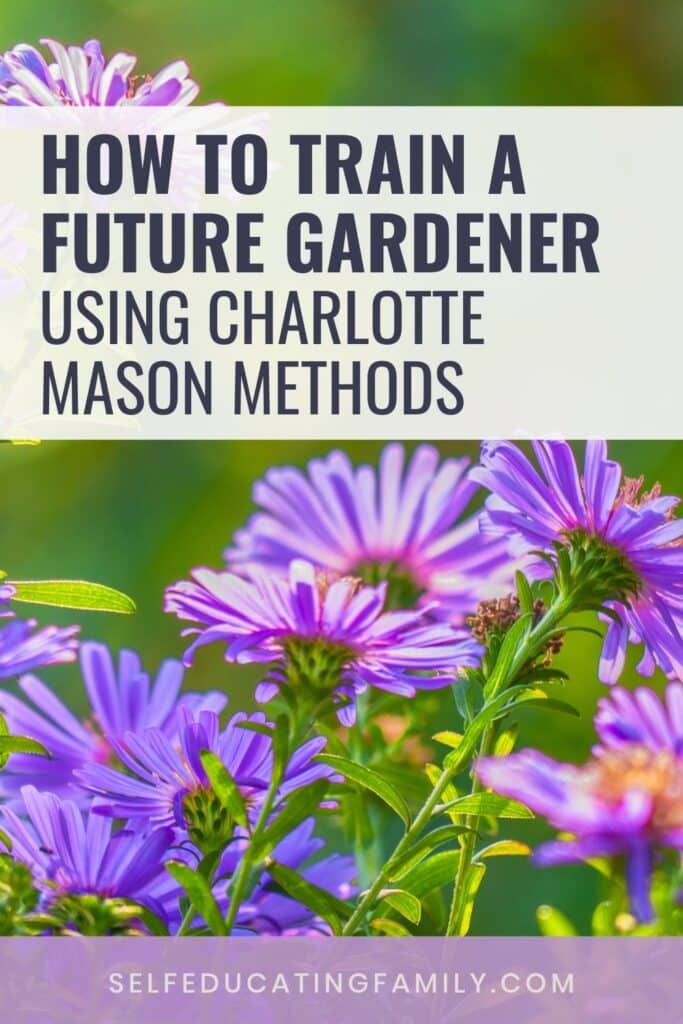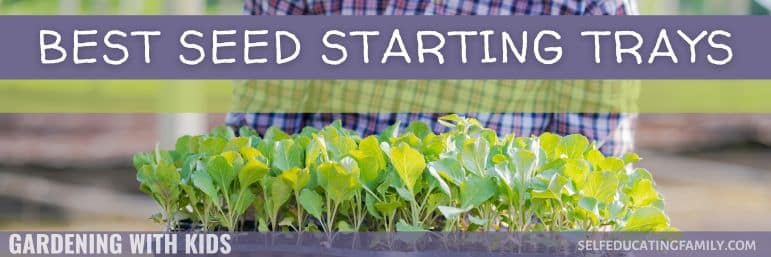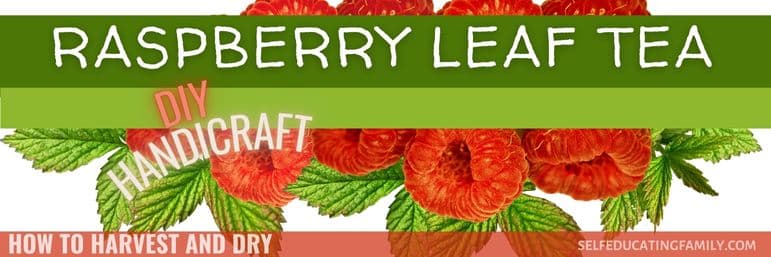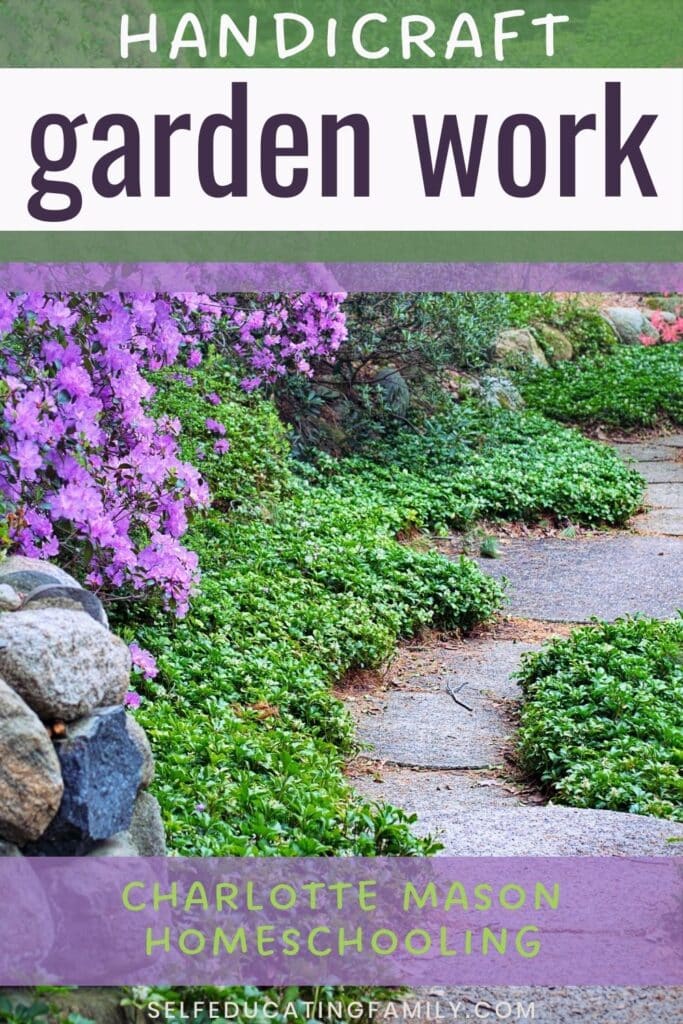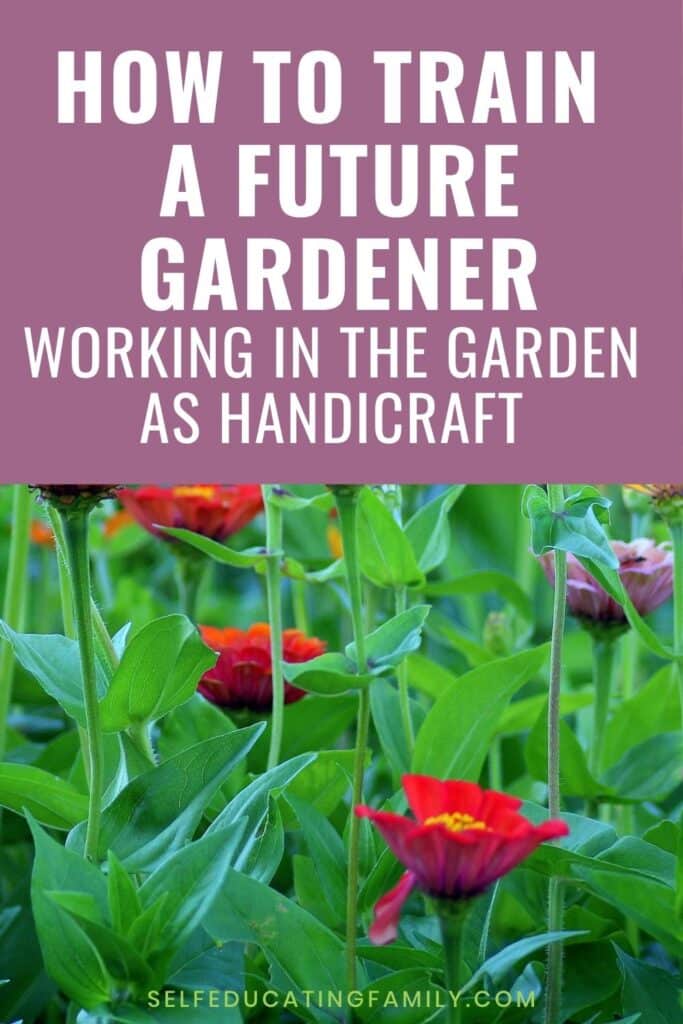What’s inside: Do you & your kids make time to work in the garden together? Charlotte Mason Handicraft was also called “Work” and included “help in house and garden”. This kind of homeschooling lesson can teach valuable life skills to your kids.
This post may contain affiliate links. If you find my content valuable and make a purchase through one of my links, I will earn a commission at no cost to you, which helps me keep this blog going so I can help you even more! I recommend products I trust and/or use myself, and all opinions I express are my own. Read the full disclaimer here.
How work called “Help in the Garden” is a type of Charlotte Mason Handicraft
Gardening as Handicraft
We are looking at Handicraft in this post, specifically the aspects of what the Charlotte Mason schools meant by “Work” and how we can apply “help in the house and garden” today.
This post lays the foundation for a project we are working on this winter: Overwintering a cayenne pepper plant.
It focuses on how to do gardening as handicraft. Meaning, a small daily or weekly time spent working in the garden as your kids build skills. This ideally happens year after year as your child grows.
Growing skills in the garden! We love this!
Handicraft and gardening as a lifetime skill
Charlotte Mason included gardening with references to “Help in house or garden” as early as Form I for the subject of “Work” done in the afternoon.
By the way, my references and conclusions are based on examining the PNEU programs recorded on the Ambleside Online website.
Students were still “Helping” in the house or garden in Forms III, IV, V & VI. (1921).
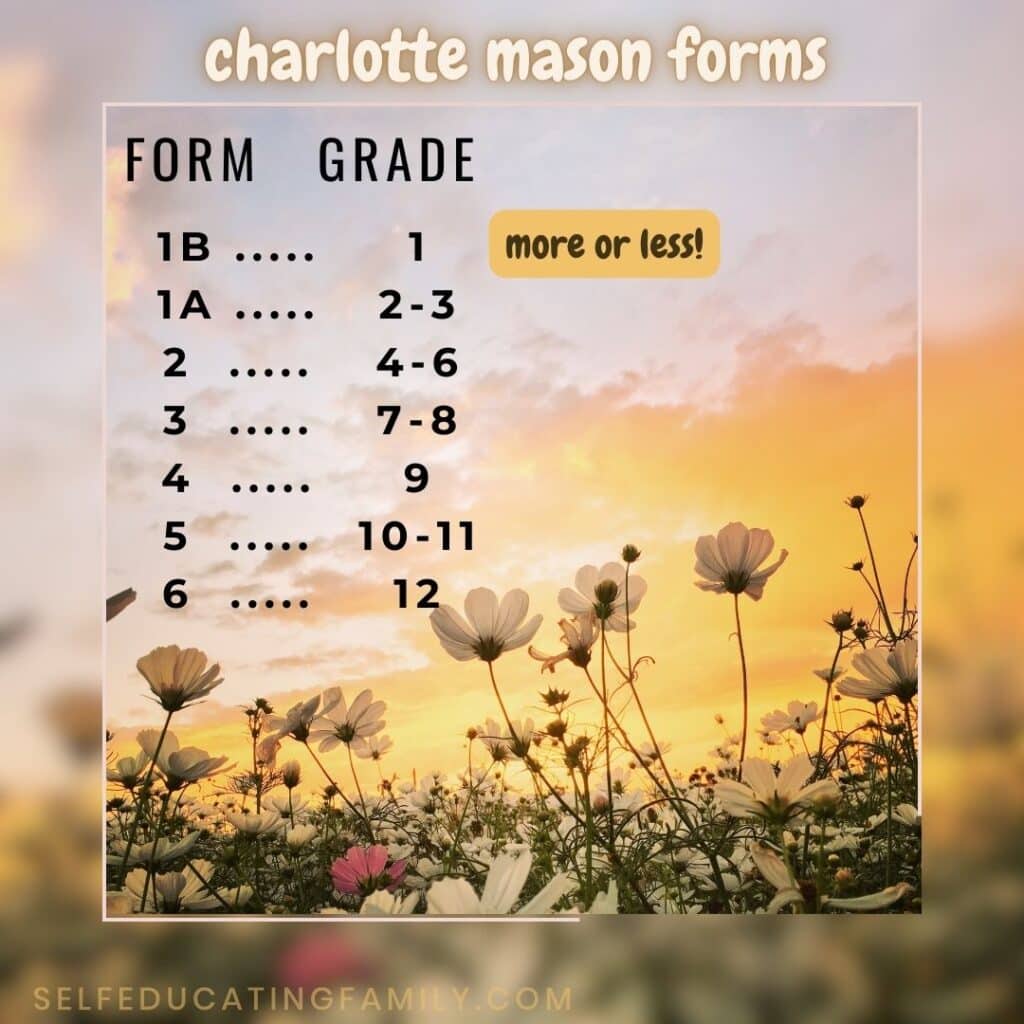
Her overall approach to what we call handicraft is to learn rudiments of basic skills and keep building on them over the years. “Help in house” included project-based learning of ordinary, practical skills like sewing, mending, embroidery, needlecraft, first aid, and cooking.
Of course, handicraft also included handwork modeling and gift-making of all types: sloyd (woodworking), clay modeling, box making (paper and paperboard), repousse (metal hammering) and many others.
Project-based
By project-based, I mean that the student would have an end project in mind and build on skills to complete each project. Then the next project would have increasingly harder skills to learn.
For example, 2nd grade students work on needlework stitches (via a recommended book called Needlecraft in the Schools or later edition Educational Needlecraft by Margaret Swanson available in the public domain). Other handwork could be learned with books on the how-to of knitting, clay modeling, sewing, etc. Then the teachers would refer to another reference called What Shall We Make? by M. La Trobe Foster to get “suggestions” for suitable projects. The teacher’s knowledge of the student was critical in these suggestions.
Then in later years, the students will have gained the skills to mend garments from the wash, make presents, or make a garment to donate to “The Children’s Fund” at the end of the semester.
Help in the garden
To “help in garden” sounded like routine taking care of a garden. As the child grew older, this would be enhanced by their years of systematic nature study.
For instance, one year for the final botany project, the child was expected to catalog and draw 30 seeds. No doubt, some of these seeds would be from the garden and some from the wild.
I suspect each year, the skills a child learned while doing work in the garden would grow and build on what they learned previously until they could grow a garden themselves.
Remember, this was a time when even city people had gardens or gardening skills.
Today’s Handicraft
Here’s how to apply some general principles of Charlotte Mason style handicraft:
- All hand work is done in the afternoon with regular lessons in the morning. In later years (Forms IV-VI or so) as their lessons become longer, their “morning” extends to 1 or 2 in the afternoon.
- Being outdoors is good.
- Afternoons are “structured free time” – it’s not a free-for-all, do whatever-you-like time.
- Handicraft should aim to be beautiful and purposeful. A vase of flowers artfully arranged counts as purposeful in that it adds to the uplifting atmosphere of the household. Same goes for a master painting.
- Handicraft should be approached similarly to the approach to copywork – taking one’s time for one correct stroke is more valuable than hastily throwing a great many ill-formed letters on a page.
- The “teacher” should refrain from lectures. Demonstration is fine, but let the children grapple with the work a bit to learn themselves.
- Never expect more nor less than the child is capable of. Find the sweet spot.
That last point is difficult in practice. For instance, I remember when one of my sons wouldn’t draw or paint anything because it didn’t come out like he saw it in his head. He just refused to use the implements until he was older when he had better fine motor coordination.
I admit, it’s difficult to know what they should be capable of. You are looking for that balance of not-so-easy that it is boring and not-too-challenging that it is frustrating.
Kids need skills, and the skills should be within reach.
Handicraft & the school year
We liked to add a new field of study to handicraft every semester. Be sure to allow time for the old handicrafts also especially if they took to them – you never can tell what will be a lifelong hobby or interest. It’s one of the reasons to spread a wide feast before your kids.
However, practically speaking, in the northern climates, “Help in the garden” can be a challenge when it isn’t the summer semester!
Adapt to learning gardening techniques as the seasons change – if you have seasons! And if you don’t, adapt to your particular natural cycles.
Do you know your zone?
Important! Know your planting zone for the handicraft of “helping in the garden”. Here are two resources:
- What are Plant Hardiness Zones? by Almanac
- Plant Hardiness Zones by USDA
Remember – my perspective is from zone 5! If you live in the more temperate zones, you might be able to do planting and tending a garden year-round!
Fall gardening
Here are some options for a fall semester in the north:
- Harvesting
- Identifying annuals vs perennials
- Planting for spring (onions, garlic, spring bulbs)
- Making garden maps (to remember where you planted those bulbs!)
- Cleaning up the garden
- Weeding
- Fall pruning
- Overwintering plants
- Indoor gardening & houseplants
- Mulching or cover cropping
- Start the next compost
- Using your harvest: preservation & storage techniques
Winter gardening has its own challenges…
Winter Gardening as handicraft for a semester
Believe it or not, there are lots of things you can do for winter gardening.
- Microgreens & Sprouts (I like to keep these going all winter!)
- Indoor gardening & houseplants
- Using your harvest: It’s a good time to make tinctures from your fall harvest, or dried flower crafts or gifts.
- Infrastructure: it’s also a good time to plan and/or build new garden beds
- Re-potting indoor plants
- Maintain the garden tools
- Planning the spring garden
- Forcing spring bulbs indoors
- Learning gardening zones
- Seed starting (especially the long-germinating seeds)
- Tending a winter garden
Now, about that last item – Did you know that many people used to keep a winter garden? The French invented “cloches” (a glass jar to make mini-greenhouses for winter lettuce!) For a great book on the subject, check out Caleb Warnock’s Backyard Winter Gardening.
Spring Garden handicraft
There is so much work to do in the garden in Spring! Select an area to concentrate on for spring gardening:
- Weather observation hand crafts (very science-y, but you do need to tune in to weather to know how it affects gardening)
- Categorize plants into families & seasons (e.g. radish is a spring vegetable; broccoli & cabbage are both brassicas)
- Frost dates and garden planning journals
- Compost the garden beds with the winter compost
- Seed starting (for the summer plants)
- Early season extenders (like garden cloth or water wells)
- Start a new garden bed (it’s fun to give a whole 3’ x 3’ or 4’ x 4’ bed to each kid if you have a little space)
- Plant or transplant the spring garden
- Identifying plants and weeds that have grown in your beds over the winter
- Learn how to protect your spring garden from unwanted animals
- Learn how to do companion planting like the “3 sisters”
Final tips
Having your students “Help in the garden” can work for handicraft. The trick is to tackle age-appropriate projects that build on each other every year.
Don’t just jump in and give a child their own garden bed with no other knowledge. Start with the easiest plants and do lots of observation activities or nature study sketches alongside the typical tasks of watering or weeding.
Give choices where appropriate – e.g. one early year I thought the kids should each learn a different vegetable to grow from seed and I asked which one they wanted to pick. Naturally, one son picked asparagus – a perennial typically grown from roots over several years. Needless to say, his “crop” was pitifully disappointing. You want them to have wins. Ask, “Would you like to try peas or radish this spring?” Or beans vs squash in the summer. We always found basil from seed very easy. Find what works for your family.
If you don’t know anything about gardening, see if you can tag team with another homeschooling family who does have that resource in their family. Most everyone I know would love some extra hands to work some projects together.
The year we did gardening for handicraft in our homeschool, we all went to each other’s houses to work a different project each month. We learned about fall pruning (yes, I let a group of 10 kids “prune” my neglected lilac bushes!) We also did fall raking and mulching; we learned plant identification in our backyards; and we put a garden bed to “sleep” for the winter.
With a little forethought, you can easily incorporate gardening into your handicraft year. Even if it is as simple as “spend 15 minutes in the garden” once or twice a week.
And have fun in the garden while you work together!
FAQ
A gardener is responsible for how the gardens and landscape grow and are maintained.
Landscaping, horticulture, tool usage and maintenance are key skills for a gardener. You also need to make and use landscape or garden plans.
Interestingly, in times past, the “garden boy” did quite a lot – this is kind of the name of a modern gardening intern or apprentice. Weeding, raking, mowing, watering, turning the compost. But also planting trees and flowers. Tool maintenance also. Anything that the head gardener thought the apprentice was ready for or could learn.
Related Posts
